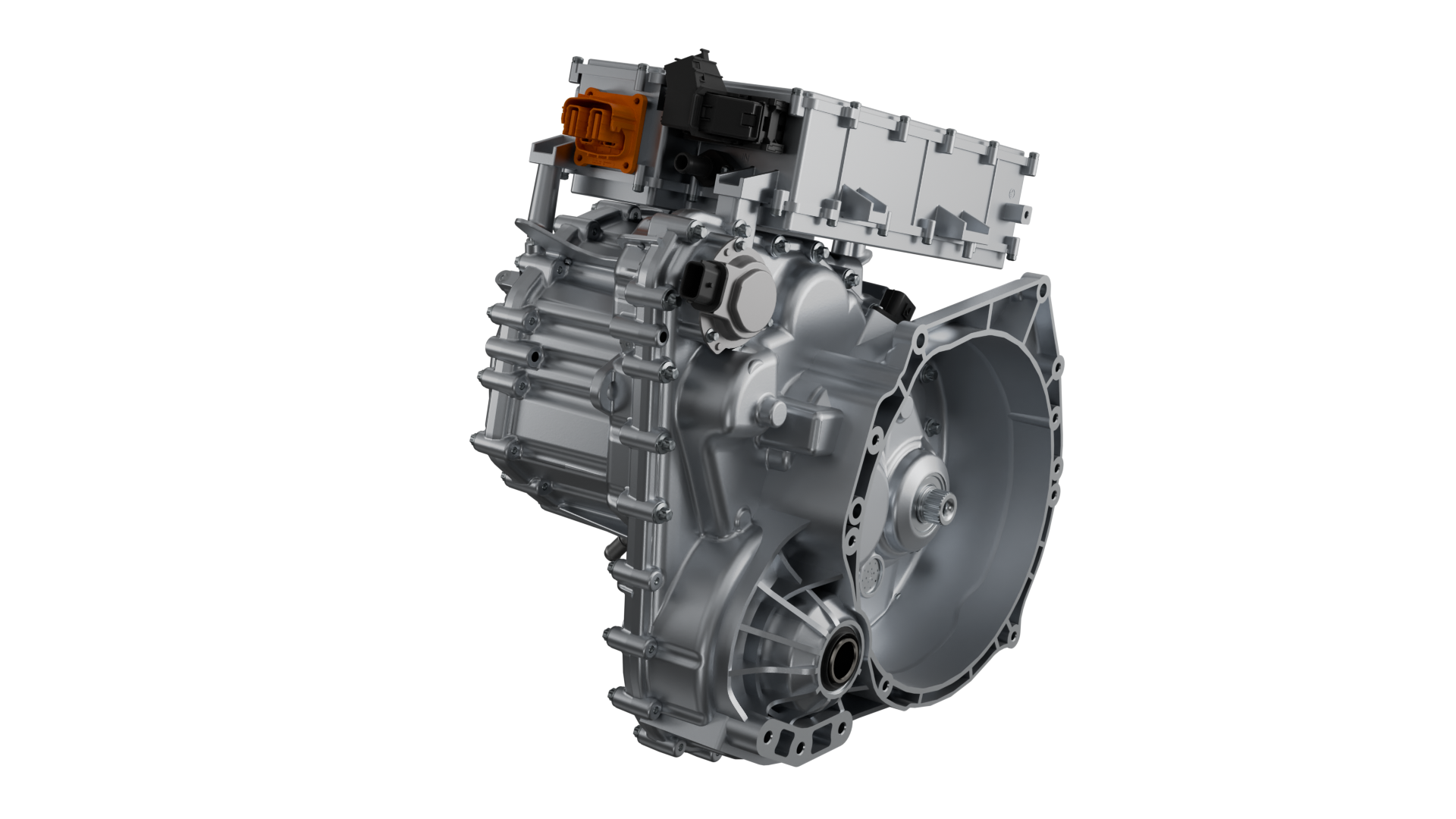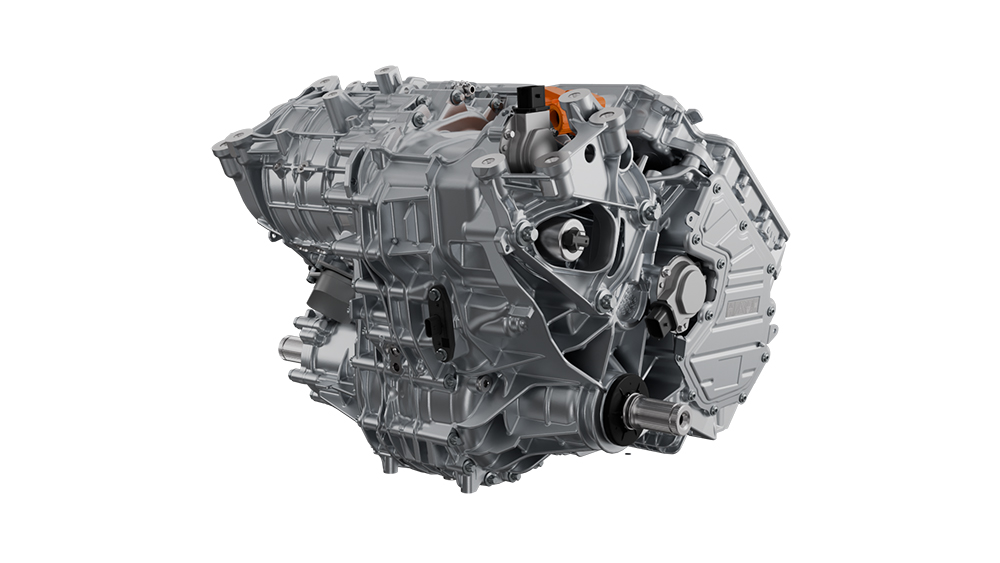They watched how people used their vehicles for everything from commuting to cargo hauling and ride sharing – and imagined the new generation of vehicle seating.
“They were our eyes and ears to the consumer,” said Mike Bisson, president of Magna Seating.
Dino Nardicchio, Magna’s global vice president of research and development, traveled to two cities in China and spent days as a passenger during school carpools, shopping trips and family dinners.
Other members of the team, including sociologists, anthropologists and interior designers, were doing the same thing in England, Germany and the U.S.
“The big takeaway is how consumers look for seats that adapt to their needs and not the other way around,” Dino said. “And then the challenge became how can Magna enable that experience.”
The answer: A reconfigurable seating solution designed to dramatically reshape the vehicle cabin and make seating a changing environment based on actual usage. ,/p>
From a base configuration in a three-row vehicle, the innovative Magna seats transform in a seamlessly choreographed dance into three modes: Cargo Space, Road Trip and Mobile Meeting. Two of the modes could be ready to enter production as early as 2022.
“The vehicle occupant experience will be very different with the introduction of mobility and autonomy,” Mike said. “We’re moving from a passive seat structure with everyone facing forward into something dynamic.”
The Magna group known for pioneering the Stow ‘n Go seating in Chrysler minivans starting in 2004 is clearly ready for the changing needs of consumers.
As a life-size display illustrated how the innovative seats morph into the three modes on long rails embedded in the floor, Dino added: “Right now, we are hyper-focused on what we can bring to market.”



